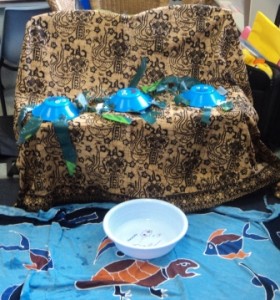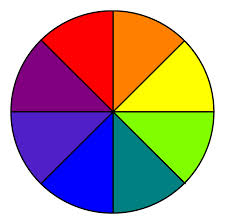TOO MUCH INFORMATION WARNING – read on only if you have a stomach for wiping bottoms!
‘I’ve finished, come and wipe my bum…’
As a parent you’ve heard it many times…It’s everyday language in the household – so essential Mandarin – But it’s the toilet humour that makes young kids willing to repeat the dialogue and sing the song, ‘laughing their heads off motivation’, whilst subliminally learning some pretty useful Mandarin vocab and grammar structures!
Check out the video:
With my little boy, the toilet humour is enough to embed some Mandarin in his head! With my 8 yr old little girl though, she has picked up on 以后, 然后 , and 最后 (after, later and finally) making connections with other stories she has been learning in Mandarin, she is also using these in her English writing at school. The song has also led to an exploration of the verb 擦 (to wipe), and where we have heard it before. We’ve used it often when we have been drying ourselves after bathtime, with 板擦 (whiteboard wiper), and it’s reinforced a recent new word 摩擦 after we read a science for kids article in Chinese about friction! She also connected 半 (half) with telling the time and measurements, as we explore maths in Chinese. It is these connections with a primary school student’s school world, in this case of math, literacy and science, after layers and layers of song and story in Mandarin, that prove we should be teaching our kids a second language in their early years!!!!!!
I have written out a transcript of the dialogue, it is repeated 3 times replaced only by the different animals, I have put the song lyrics in BOLD to distinguish from the dialogue. I had to rely on my ear for the dialogue, so if you are a native speaker and have picked up a mistake please let me know!
我会自己做, 我会擦屁股, 巧虎在房间里开心地玩着小飞机, 妈妈我下好厕所了, 请你帮我擦屁股? 巧虎,自己试试看好不好
擦屁股, 擦屁股, 卫生纸先折一半, 由前往后擦, 擦屁股, 擦屁股, 卫生纸再折一半, 由前往后擦, 屁股擦干净了!
哇好棒了!巧虎会自己擦屁股了!
小熊, 在房间里,玩着小汽车
小老鼠,正在房间看书
我们都会自己擦屁股
擦了屁股以后,腰杆穿上裤子, 然后,要抽马桶, 最后,你必要记得洗手
Wǒ huì zìjǐ zuò, wǒ huì cā pìgu. qiǎo hǔ zài fángjiān lǐ kāixīn de wánzhe xiǎo fēijī, māmā wǒ xià hǎo cèsuǒle, qǐng nǐ bāng wǒ cā pìgu? Qiǎo hǔ, zìjǐ shì shìkàn hǎobù hǎo
Cā pìgu, cā pìgu, wèishēngzhǐ xiān zhé yībàn, yóu qiánwǎng hòu cā, cā pìgu, cā pìgu, wèishēngzhǐ zài zhé yībàn, yóu qiánwǎng hòu cā, pìgu cā gānjìngle!
Wa hǎo bàngle! Qiǎo hǔ huì zìjǐ cā pìgule!
Xiǎo xióng, zài fángjiān lǐ, wánzhe xiǎo qìchē…
Xiǎo lǎoshǔ, zhèngzài fángjiān kànshū…
Wǒmen doūhuì zìjǐ cā pìgu
Cāle pìgu yǐhòu, yāo gǎn chuān shàng kùzi, Ránhòu, yào choū mǎtǒng, Zuìhòu, nǐ bìyào jìde xǐshǒu
I can do it myself, I can wipe my own bottom. Clever Tiger in his room happily playing with his toy plane…’Mum I’ve finished on the toilet, please help me wipe my bottom?’ ‘Clever tiger, hows about you try and do it yourself?’
Wipe your bottom, wipe your bottom, first fold the toilet paper in half, wipe from front to back, wipe your bottom, wipe your bottom, fold the toilet paper in half again, wipe from front to back, your bottom is now clean!
Wow, fantastic! Clever Tiger can now wipe his own bottom!
Little Bear in his room playing with his little car….
Little Mouse, in her room reading…
We can all wipe our own bottoms!
After you’ve wiped your bottom, you can confidently pull up your pants. Then, flush the toilet. Finally, you must remember to wash your hands!

